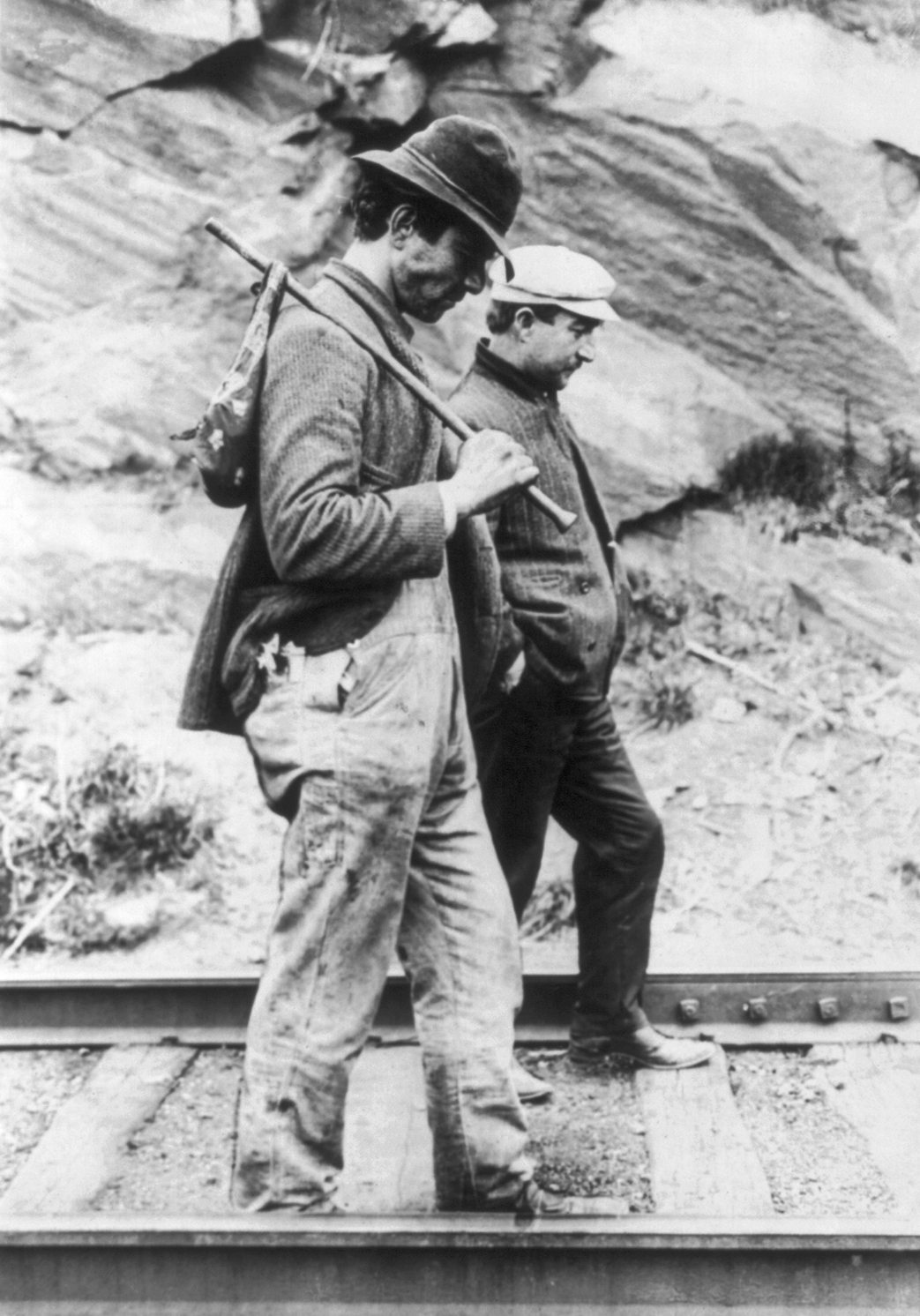Bandanas, bandannas, and kerchiefs. They've been around forever, have gone through phases as headwear, cowboy wear, even Village People wear, and are making a comeback again in the heritage scene. After all, who doesn't want some wearable art with them all the time?
Where do bandanas come from though? Let's start with the word, since it's meaning isn't self-evident. The word bandanna comes from the Sanskirt "bandanha" (बन्धन) "a bond," and "bandhati", a "tie". The name attests to the fact that bandanas were made with a tie-dye technique. That's right, bandanas are originally from India, hence the paisley patterns they're usually adorned with. Of course, the idea of wearing a head scarf such as a kerchief isn't unique to India, as can be seen in the ancient Greek artwork below. No doubt the practice stretches far back into pre-history.


Kashmiri paisley shawl.
The originals were almost always either blue or red, and not much has changed there, though these days you can get them in any color you like (even neon, yikes).
For "turkey red" dye, bandanas were dipped in the less-than-appetizing mix of sheep's dung, intestinal juices, madder root, and fish oil. To make more complex patterns, tie-dying was dropped in favor of bleaching the fabric. These days, to make a hand-dyed bandana you'll most likely do a screenprint with "resist." Traditionally this is a kind of starch flour made into a paste. The indigo can't dye any fabric the resist has set into, hence it leaves an off-white pattern behind.
Back to the history side of things, some say pirates first took bandanas from India across the Atlantic to the Americas. However, the modern bandana became popular thanks to Marsha Washington, wife of the first President of the United States, George Washington. Martha traveled to Philadelphia, Pennsylvania in 1775, to visit Continential Congress delegate Joseph Reed and his wife Esther. While there, Benjamin Franklin recommended Martha meet printmaker John Hewson. This was during the American Revolutionary War, when George Washington was the general of the Continental Army. Hewson was a good artist, and was unafraid of Britain's ban on textile printing in the colonies.
Martha shared images with Hewson of the flags and other imagery, but she didn't have a likeness of George with her. The next year, while the Washingtons were in Massachussets, they had a drawing of George on horseback done up and mailed to Hewson.
He designed a bandana featuring Washington on horseback and surrounded by motifs of independence, including fifes and drums, cannons, bayonets, flags (including the "Don't Tread on Me" flag) and the text "George Washington, Foundator and Protector of America's Liberty and Independence,":

The Washington bandana, from 1776.
Call it an early form of marketing, but it worked and since that time, bandanas have been decorated in paisley and other patterns, as well as used for advertising and political campaigning.
US President Theodore "Teddy" Roosevelt bandana, 1912.

Roy Rogers bandana.
In the 1800s, the bandana became synonymous with the cowboy. He would have used for a number of purposes, such as protecting his neck from the sun or to keep out cold, using it to tie something together, as a tourniquet, and even a filter for coffee. Hobos and vagabonds, likewise, were usually depicted with a bindle made from a stick and a bandana tied to the end to hold his possessions.

William Frederick "Buffalo Bill" Cody, famed scout, bison hunter, and showman.

American cowboy Nat "Deadwood Dick" Love.

Unknown ranger.

Hobo with bandana bindle.
Enter The Rite Stuff. I've enjoyed having a bandana in my back pocket for a while now. Bathrooms in Taiwan often don't have tissue paper, so it's nice to have something to dry your hands with. In summer, I always have something to wipe sweat off my forehead or neck with. Besides, I just love how a bandana looks in the back pocket, so it was natural that I would want one with my own design. As a fan of the 1910s and 1920s, I've also long been interested by the Man on the Moon motif that was so popular back then. I'd also had the Mother Goose nursery rhyme stuck in my head, which features a moon too:
"Hey Diddle Diddle,
The cat and the fiddle,
The cow jumped over the moon.
The little dog laughed,
To see such sport,
And the dish ran away with the spoon."
Of course the lyrics are nonsensical, but they're fun, and so I sketched out a design, which I then passed on to designer Daniel Sheridan to finish. Finally, since I wanted a very small run of indigo bandanas, I got in touch with Jess at Aegis Handcraft in the Bay Area. She agreed to make them, and now it's time to wait! Wait, what? That's not Made in Japan? I know, I know, but who's to say the occasional Made in USA item won't make it into the shop? ;)

